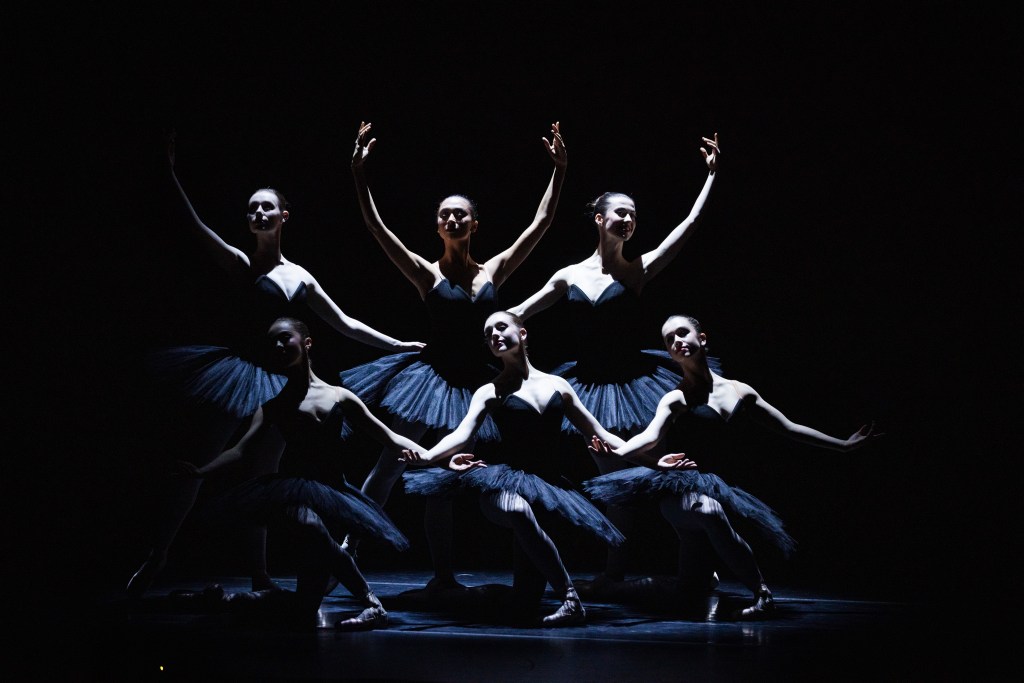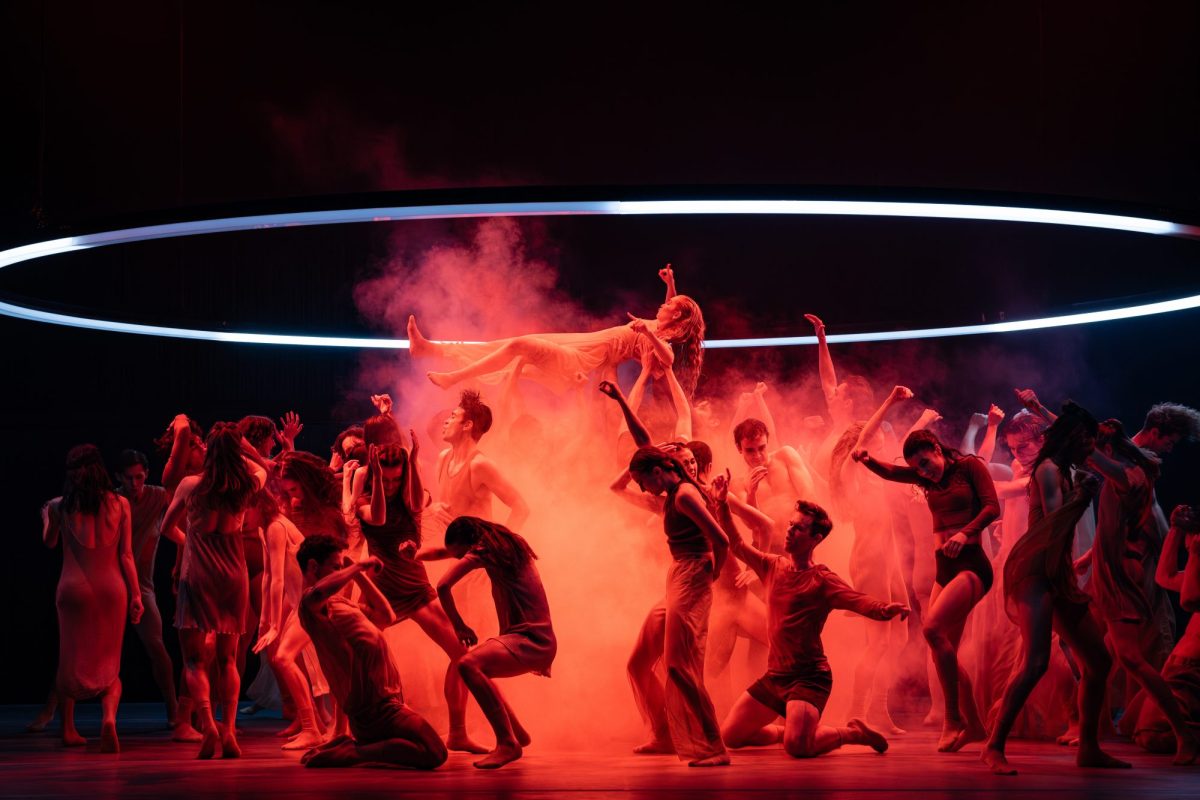The Études/Circle Electric double bill is an ambitious program demonstrating the complexity and skill demanded by contemporary and classical ballet.
The program presents a contemporary work by Australian choreographer Stephanie Lake and a classical ballet by Danish choreographer Harald Lander.
Circle Electric is Lake’s first full-length commission as resident choreographer for The Australian Ballet. The piece is a contemporary exploration of what Lake calls the fundamental paradox of our existence – how we can simultaneously be both significant and insignificant.
The choreography begins routinely with 10 dancers encircled within a light’s orb. They raise their arms to the sunrise and the soundtrack of a desert dawn. However, cicadas are soon replaced by football chants, sounds of songbirds by the buzz of the city, and the piece comes to life.
What follows is an exhilarating series of duets and ensemble pieces that explore relationships, identity and purpose. Lake plays with symmetry and mass spectacle, zooming in and out from minute to expansive. The dancers chat, laugh, scream, shout and weave around onstage percussionists. Their movement is endlessly electric, eclectic and effervescent. The level of skill, especially in the male duets, is dizzyingly impressive and, although the piece lags slightly two-thirds of the way through, it leaves you breathless.
Lake’s partner, Robin Fox, has set the piece to an endlessly imaginative score. It combines live and recorded music, the digital with live orchestral (from the Opera Australia Orchestra), to form an exhilarating soundscape. The set and costumes by Charles Davis and Paula Levis present a stark contrast to this bold acoustic landscape. They are boldly minimalistic, monochrome, mundane. A simple hoop of electric light that pivots, rises and falls, captures the dancers within and outside its frame.

The program’s second half presents Études, choreographed by Lander in 1948. Lander created over 30 ballets in his career, but Études is perhaps his most enduring work. It is also one of the most technically challenging ballets a dancer could hope to perform.
The title is taken from the French word for “studies”, and the ballet breaks down the elements of a classical ballet class into its building blocks of pliés, barre exercises and allegro sequences. The sections build upon each other, guiding the audience through the evolution from technique to performance. The ballet demonstrates that the art of the discipline is built upon endless practice and the pursuit of perfection during training.
To begin, the staging plays with the repetitive structure of the class, with a beam of light highlighting the dancers’ feet as they rhythmically push through tendus to frappés, rond de jambes to grand battements. The piece gets increasingly complex and demanding of the dancers, culminating in a dizzying array of pirouettes, leaps and lifts.
Principal artists Ako Kondo and Chengwu Guo appear to relish the challenge of the piece, and their performances are a pleasure to watch.
Read: Book review: Model Minority Gone Rogue, Qin Qin
Études/Circle Electric is an ambitious program with 177 artists and performers backstage, on stage and in the pit. However, the two halves of the program complement each other perfectly. They are a testament to The Australian Ballet’s artistic director, David Hallberg’s talent for assembling an imaginative program that captures the vitality and versatility of the form.
Ètudes/Circle Electric, Joan Sutherland Theatre, Sydney Opera House
Circle Electric
Choreography: Stephanie Lake
Rehearsal director: Kimball Wong
Composer: Robin Fox
Costume design: Paula Levis
Set design: Charles Davis
Lighting design: Bosco Shaw
Études
Choreography: Harald Lander
Staging: Johnny Eliasen
Guest Repetiteur: Mark Kay
Music: Knudåge Riisager after Carl Czerny
These performances of Études (after music by Carl Czerny) by Knudåge Riisager are given by permission of Hal Leonard Australia Pty Ltd, exclusive agents Boosey and Hawkes Music Publishers Ltd of London.
Artistic adviser: Lise Lander
Études/Circle Electric will be performed until 18 May 2024.





